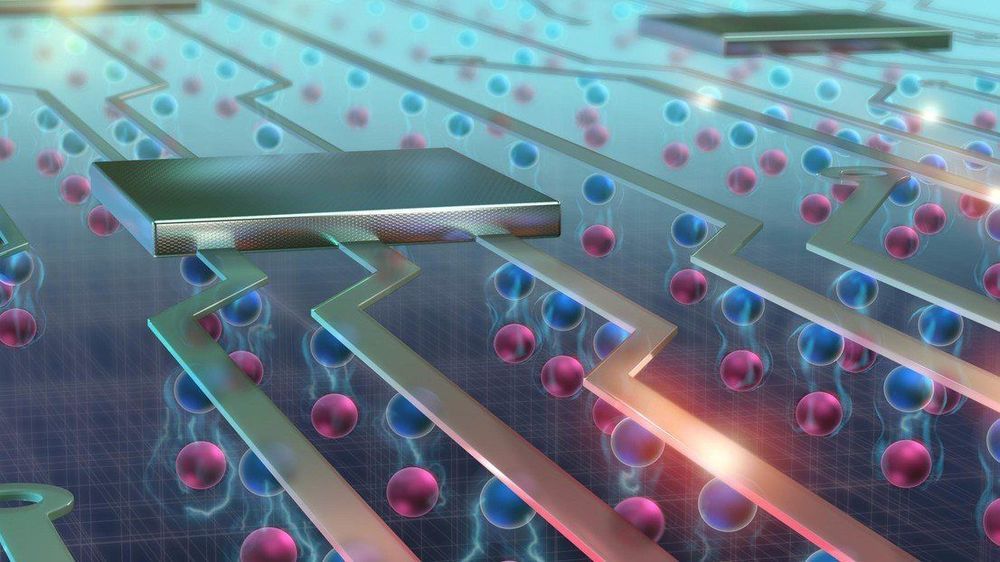Jan 4, 2019
How 20th-century synthetics altered the very fabric of us all
Posted by Xavier Rosseel in category: biotech/medical
Science has rightly focused on present-day concerns, trying to learn what fluorocarbon exposures mean to communities that have borne the highest exposures for the longest time. But scientists have also turned to the next generation, looking at the implications for children who are exposed in utero and again while nursing, both critical windows of development where human bodies can be uniquely vulnerable to the effects of chemical interference. Scientists know that children’s bodies bear higher PFAS levels than adults, and have since learned that PFAS exposures can interfere with whether childhood vaccines take. In young men, higher levels of exposures are associated with shortened penis length and reduced sperm counts, suggesting that PFASs might play a role in the growing global epidemic of male infertility. Research is now looking into even more fundamental questions about how PFASs participate in a host of biological processes, including liver and thyroid function, metabolism, and in reproductive and developmental outcomes.
Time-bombing the future.
Continue reading “How 20th-century synthetics altered the very fabric of us all” »


















